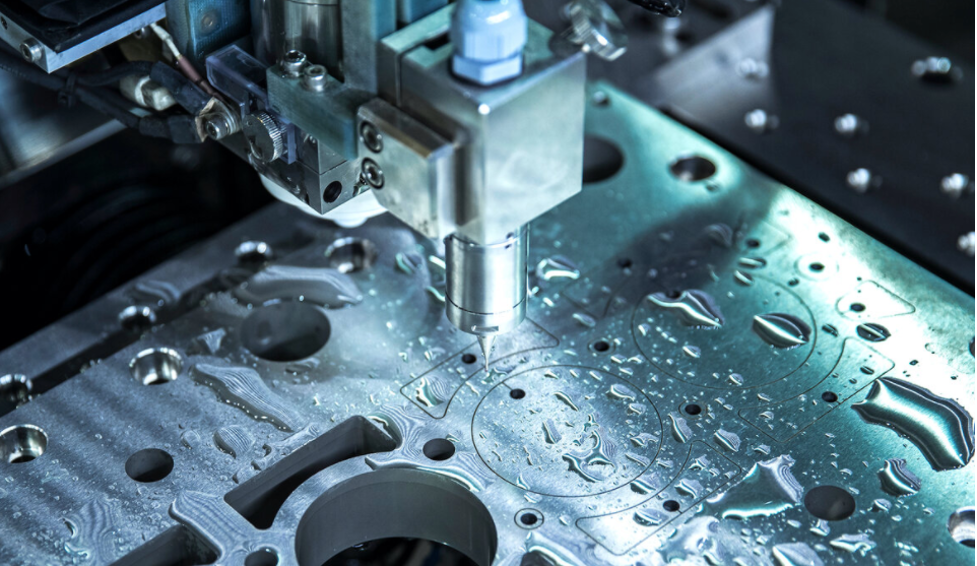Signicast blog 


3D CERAMIC PRINTING FOR RAPID PROTOTYPING
As technology continues to evolve in the manufacturing world, accelerating prototyping capabilities is no exception. Through the addition of 3D printed ceramic shells, customers are able to achieve investment casted quality components in the fraction of the time.
Prototyping capabilities
An effective prototype should be more than just a replica of your component. It should be able to withstand strength testing, hold tight geometries, and validate proof of concept. A good, functional prototype is the foundation for transitioning your project from the design phase and into production.
Signicast offers a multitude of rapid prototyping solutions and capabilities—3D printed wax patterns for quick turnaround time, SLA (Stereolithography) and PMMA (Polymethyl methacrylate) patterns for slightly bigger geometries, and DMLS (Direct Metal Laser Sintering) for complex geometries and exacting untoolable features. And with our recent partnership with DDM, we are able to add 3D printed ceramic shells to our prototyping capabilities.
Benefits of 3D ceramic printing
Signicast and DDM formed a strategic partnership in September 2020 to offer customers the convenience and speed of ceramic 3D printing with the precision and performance of investment casting. Adding this new technology to Signicast's repertoire will help fill a need in the prototyping space for low volume production and complicated geometries. Through additive manufacturing, "ready to pour" ceramic shells are formed without any tooling or patterns – thus speeding up the time to production. DDM’s LAMP™ (Large Area Maskless Photopolymerization) ceramic 3D printing technology brings more advanced capabilities—including topology optimization and generative design—for achieving the most complex components with unprecedented speed and precision.
Considered a hybrid investment casting method, 3D printed shells transition perfectly to traditional foundries and create high-quality products that meet the specifications of traditional investment castings. The ceramic printing technology, including the equipment, hardware, software, and materials, is fully consistent with the quality and precision of investment casting operations. And in terms of dimensional accuracy and surface finish—the 3D castings are directly in line with injection molded wax patterns.

Complex Geometry and Dimensional Accuracy
3D ceramic printing is able to create difficult geometries with new and emerging capabilities like topology optimization and generative design—which until recently, could only be achieved with metal printing.
For small batch prototype runs, 3D ceramic printing can eliminate the usage of any wax, as well as additional tooling needed for internal passages, while still achieving significant geometric complexity. It can also conquer thin-walled design features. Accounting for ceramic and metal shrink, dimensional accuracy is usually within ± .008 of an inch, or 200 microns, which is acceptable as a profile tolerance in the most stringent industries, like aerospace, or even for air melt industrial parts.
Certified Surface Finish Quality
With the investment casting process, there is really no limit on the type of alloys that can be poured. Signicast offers a catalog of 150 standard alloys, but with a team of expert metallurgists on-site, we are also able to produce custom blends.
When considering using 3D ceramic printing for a prototype run, customers often question if the alloy quality is the same as investment casting. Through extensive testing, properties like surface finish and density are consistent and comparable to the standard process. And since the 3D printing process can cast virtually any metal or superalloy, the same standard of surface finishes is attained.
Cut Down Lead Time
3D ceramic printing with investment casting creates a clear pathway to full production, significantly cutting down lead time to market. By converting the original part design into a new CAD model of the casting shell, various adjustments are made to hit the target geometry with less production runs. And with other processes, such as CNC machining and metal printing, you often have longer lead times which can be costly over time.

With more and more customers moving away from designing parts for specific manufacturing processes, the value of 3D ceramic printing will only increase over time. Full production runs using this technology are on the horizon. 3D ceramic printing does not change the way metal is poured into a ceramic shell, nor does it change the chemistry or composition of the alloy—it simply offers customers with low production needs a faster path to production, without sacrificing quality.
Please fill out the form below to download our free on-demand webinar.



